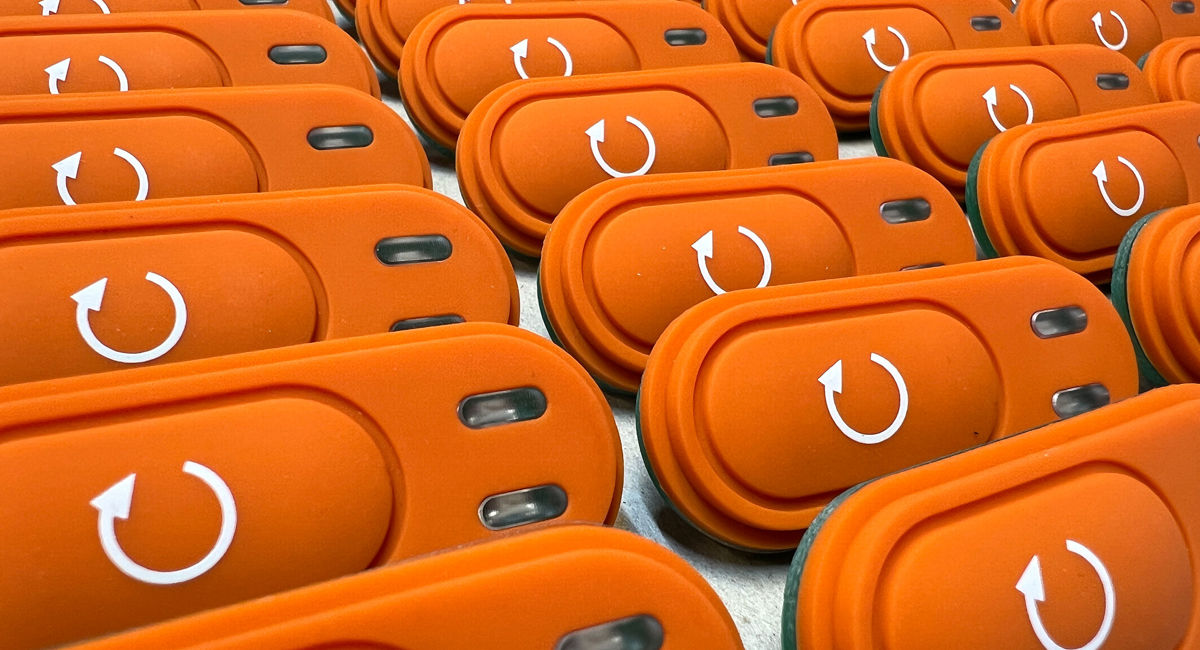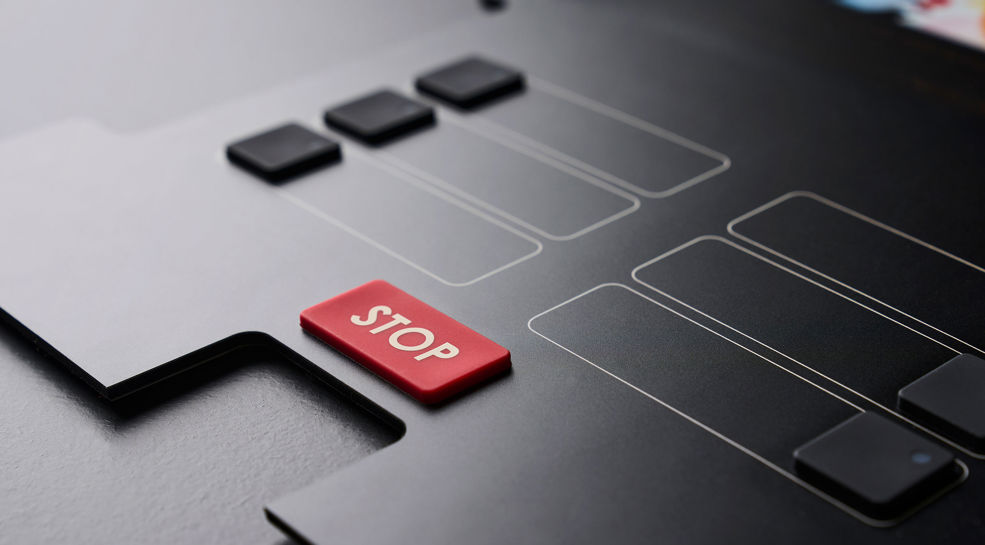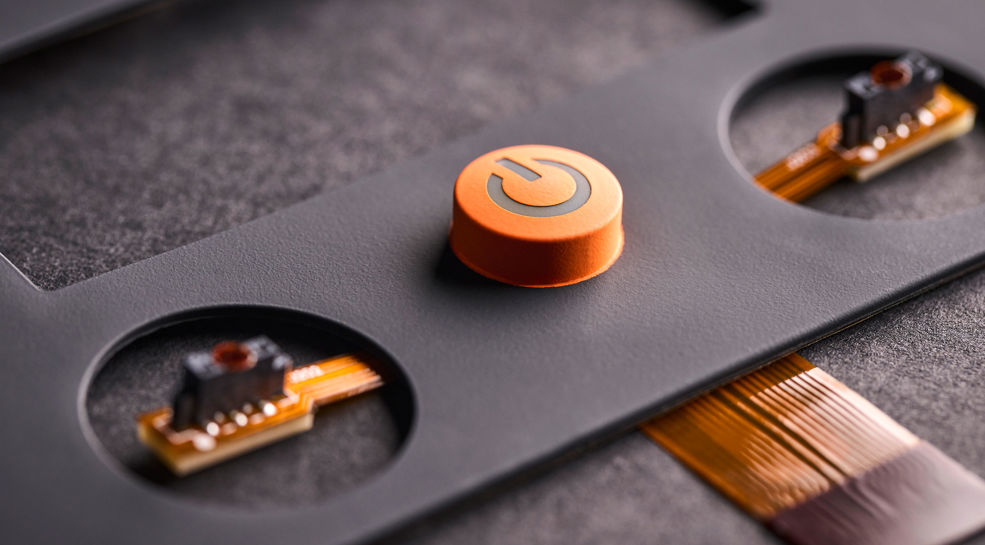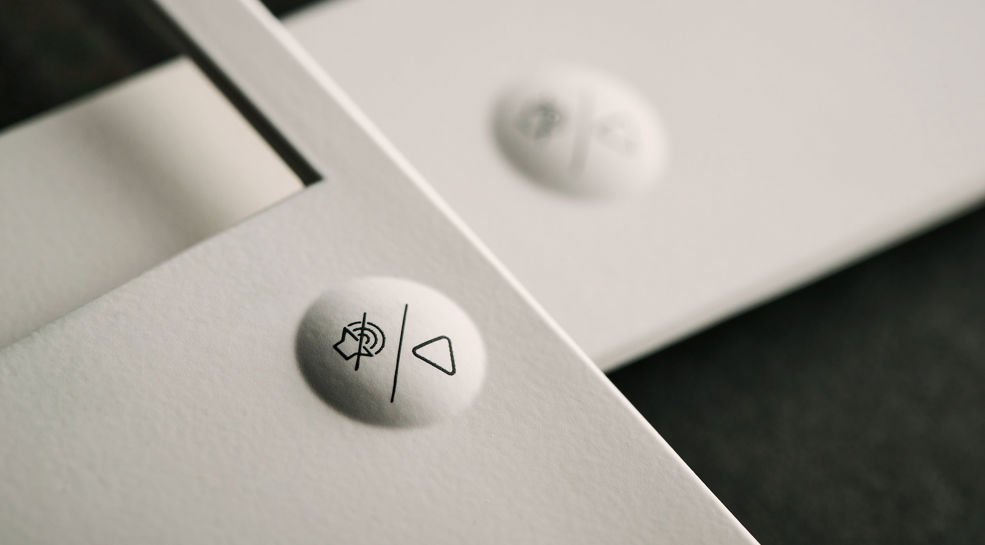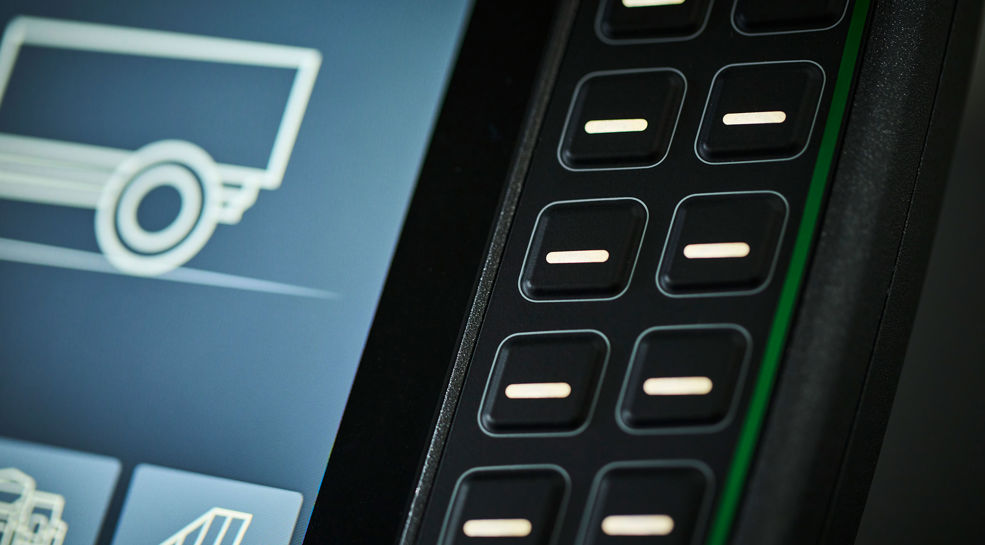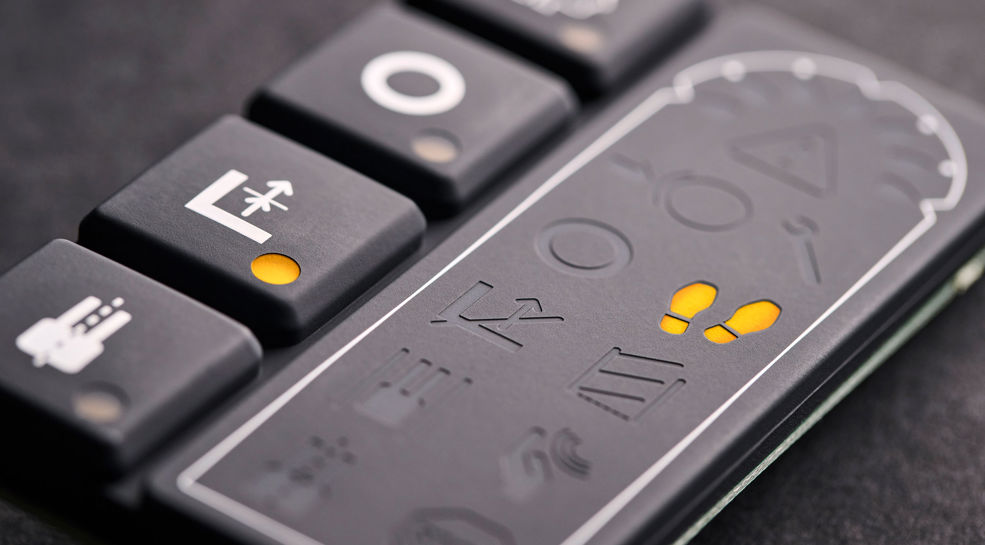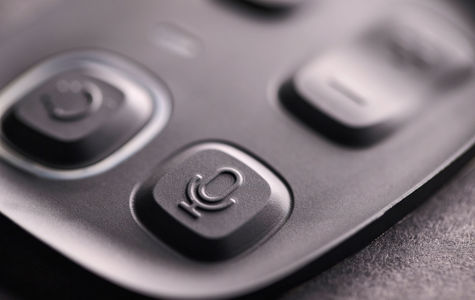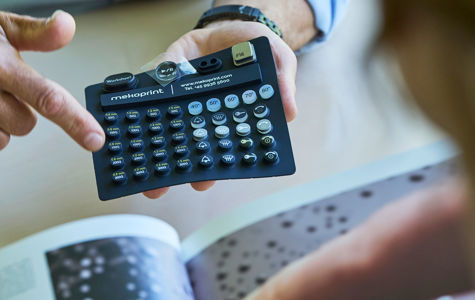
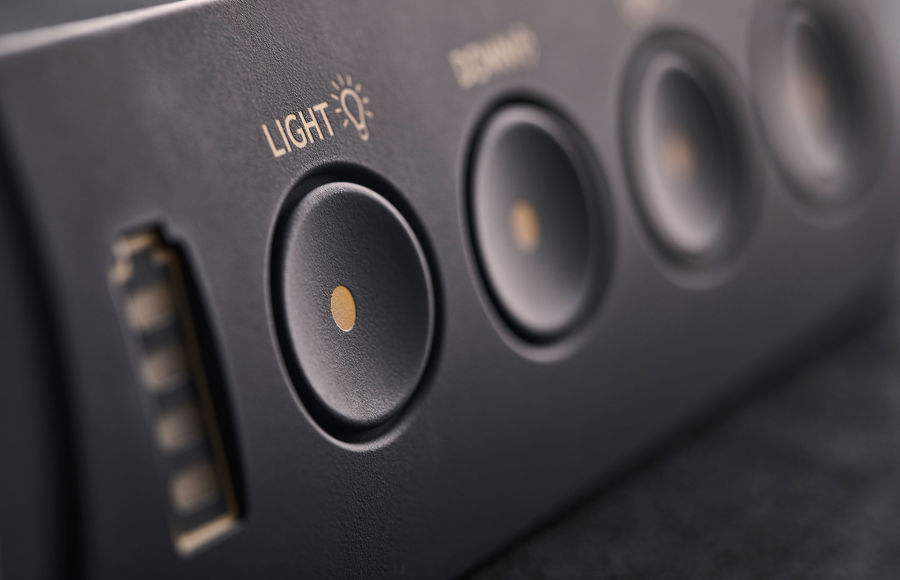
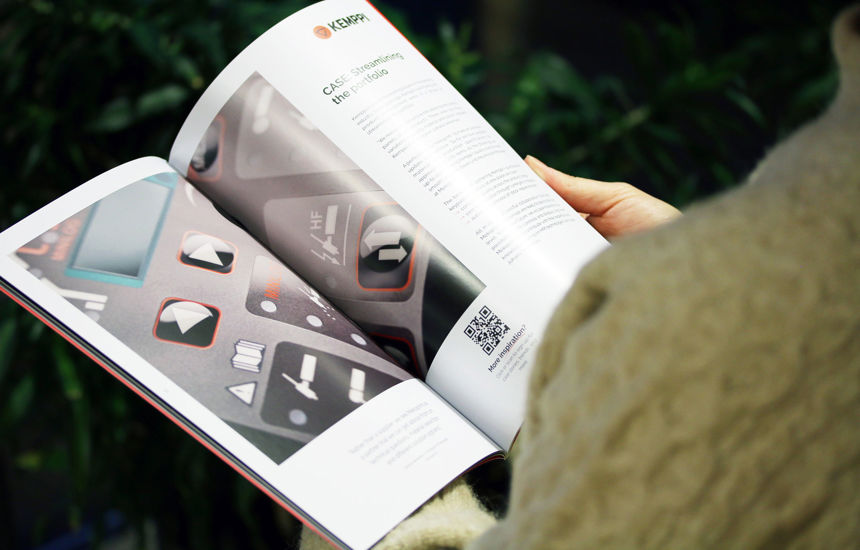
Download HMI lookbook

-
 Download HMI lookbook, offering inspiration, best practice and use casesDownload HMI lookbook
Download HMI lookbook, offering inspiration, best practice and use casesDownload HMI lookbook -
 Order a free keypad sample box to make your design process easier and more efficientOrder free keypad sample
Order a free keypad sample box to make your design process easier and more efficientOrder free keypad sample -
 Watch short webinars on demand about design and construction of different HMI solutionsWatch HMI webinars
Watch short webinars on demand about design and construction of different HMI solutionsWatch HMI webinars
HMI insights

Get in touch with us
Design and customisation options
![]()
Our silicone rubber keypads are manufactured using advanced compression-molding techniques, allowing for intricate 3D designs.
This process enables the creation of concave buttons, distinct recesses around keys, split lines between different areas, and multi-level designs - designs that membrane switch keypads can't offer.
The keypad can also be designed with varying button heights or shaped contours to further enhance tactility and navigation. These three-dimensional elements give the interface a more intuitive feel and help users quickly locate key functions without looking.
If you want to explore how 3D geometry influences tactility and usability, you can download our design guides or watch the webinar.
![]()
At Mekoprint, we offer multiple colouring techniques to ensure your silicone rubber keypads align with both functional and branding requirements. Keypads can be colour-matched using co-moulding, painting, or screen-printing, allowing for precise visual differentiation between buttons or functional areas.
For finer details, laser engraving is used to remove the top colour layer, revealing a contrasting or translucent layer beneath. This technique enhances both aesthetics and functionality, whether for creating high-contrast legends or enabling precise backlighting effects.
For deeper insights into colour design, contrasts and material behaviour, you can access our design guides or view the webinar.
![]()
To improve visibility in low-light conditions, our keypads can be equipped with backlighting options, including LED illumination. A key element in achieving a uniform glow is the use of translucent silicone rubber, which allows light to diffuse evenly across the keypad surface, preventing harsh hotspots and ensuring a soft, consistent backlight. Thanks to the material’s properties, silicone rubber enables this uniform distribution of light—ensuring a reliable and visually balanced backlighting experience across all key areas.
For precise legend illumination, we employ laser etching, a technique that removes the top colour layer of a painted keypad to reveal the lighter, translucent layer beneath. This method ensures that only the engraved areas illuminate, resulting in a sharp, high-contrast display that enhances both aesthetics and functionality.
To learn more about controlled light distribution and keypad illumination, you can download our design guides or watch the webinar.
![]()
We understand the importance of tactile feedback in user interfaces. Our design process allows for precise adjustment of webbing geometry and silicone hardness, ensuring the optimal key travel and response for each application.
By fine-tuning these elements, we create silicone rubber keypads that deliver a satisfying, reliable press while complementing the overall design and functionality of your product.
If you are working with tactile response and key feel, our design guides and webinar offer clear, practical guidance.
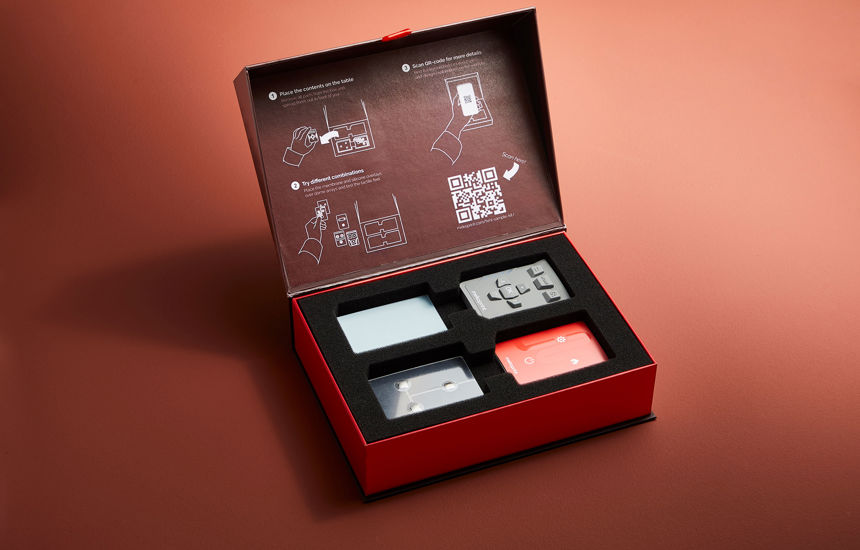
Order a free keypad sample
Applications across industries
Silicone rubber keypads are widely used switch technology in the electronic industry. Silicone keypads are integrated in devices in industrial and professional environments where durability, precision, and environmental resistance are critical. These keypads offer rugged reliability in sectors that demand high-performance human-machine interfaces.
User-friendly in gloves and challenging conditions: The silicone keypad’s firm tactility and customisable surface structure ensure reliable operation—even when used with gloves. Raised key profiles, tactile feedback and clear separation between buttons make it easy to operate equipment where precision and speed are critical, such as in emergency care, industrial machinery or remote field work.
Industrial automation and heavy machinery: In factories, processing plants, and heavy equipment, silicone rubber keypads serve as control panel interfaces, machine operation consoles, and safety system inputs. Their abrasion resistance and chemical resistance make them ideal for harsh industrial environments where exposure to oil, grease, and solvents is common. With backlighting, these keypads remain visible in dimly lit control rooms or outdoor sites.
Agriculture & construction equipment: Modern tractors, harvesting machines, and earthmoving equipment rely on rugged keypads for operator controls. These keypads withstand dust, moisture, and temperature extremes, ensuring seamless functionality even in outdoor or high-vibration environments.
Medical & laboratory equipment: In hospitals, diagnostic labs, and surgical environments, silicone rubber keypads are used in patient monitoring devices, imaging systems, and sterilization equipment. Their chemical resistance ensures they can be regularly cleaned and disinfected without degradation. With customizable tactile feel and actuation force, they provide reliable input for precision-sensitive devices.
Communication & safety equipment: From two-way radios to emergency response systems, personal communication devices rely on membrane keypads for critical input functions. Silicone keypads are designed to withstand shock, water exposure, and constant use, making them ideal for military, security, and emergency service applications.

